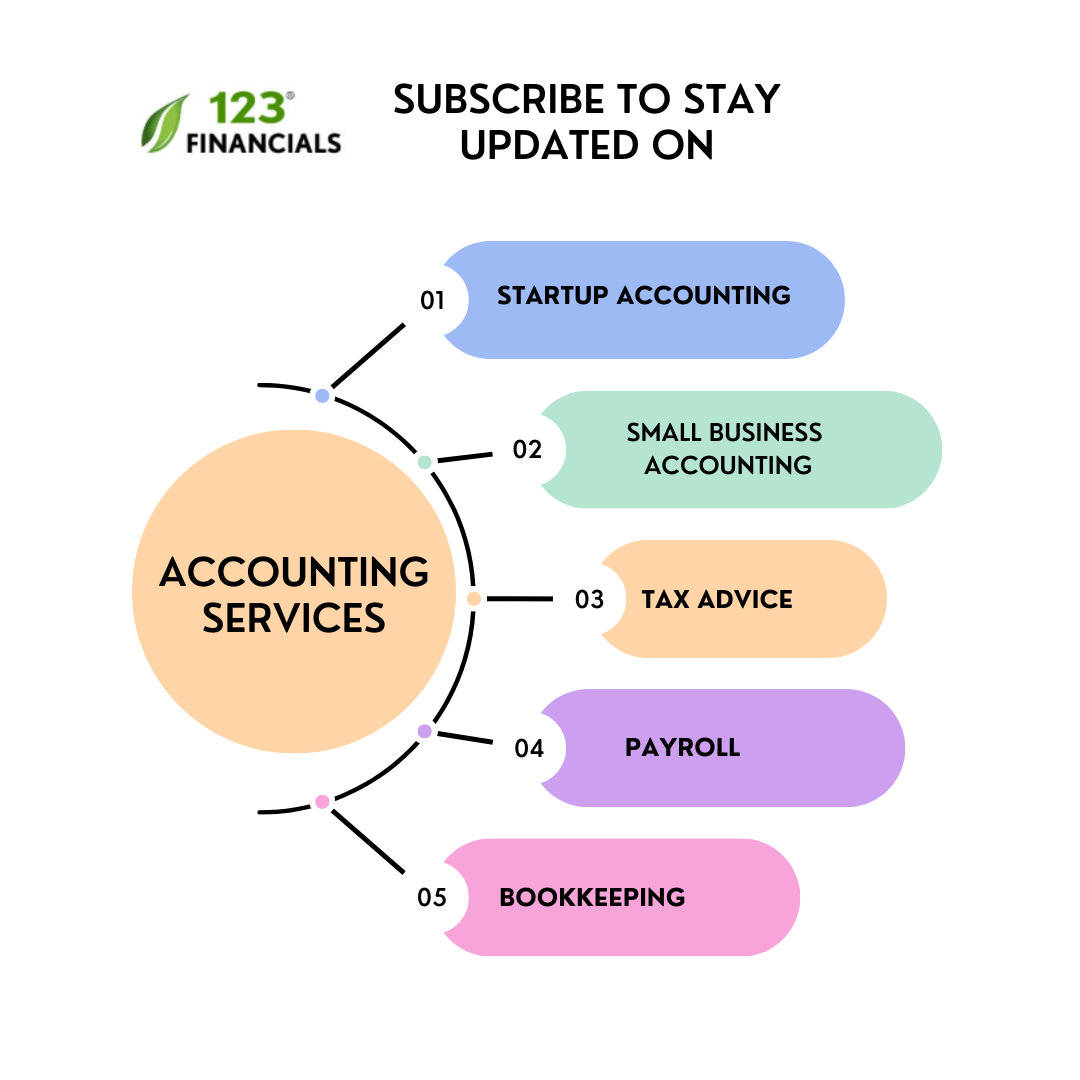Chancellor Jeremy Hunt disclosed the government’s fiscal and tax plans for the coming year.
On 22 November 2023, Hunt issued his Autumn Statement in the House of Commons. This is probably the government’s last mini-budget ahead of a general election next year.
This year’s Autumn Statement 2023 involves more than 110 measures designed to improve the British economy, encompassing various topics – from tobacco duty and AI to training programmes and education.
Hire an Online Accountant
Work with a UK-based accountant for tax, accounting, payroll, & EIS/ SEIS needs.
This guide summarises what these modifications will mean for you.
Table of contents
Personal Tax
Income tax rates
The authorities have stated that the standard rate will stay at 20%, the higher rate at 40% and the additional rate at 45% for 2024/25.
Earlier, the point at which people contribute the additional rate of 45% from £150,000 to £125,140 for the current fiscal year, which will stay in effect for 2024/25.
Income tax allowances
The income tax personal allowance and basic rate limit remain at their current levels till April 2028. They are £12,570 and £37,700 respectively. For those who can claim full personal allowance, the level at which they must pay income tax at the higher rate remains at £50,270.
Dividends
Additionally, the government has stated that the following dividend income tax rates will apply as of 6 April 2024:
The dividend rates are:
- for ordinary rate – 8.75%
- for upper rate – 33.75%
- for an additional rate – 39.35%.
As the corporation tax due on the director’s overdrawn loan accounts is settled at the dividend upper rate, this will also stay at 33.75%.
The authorities will lower the Dividend Allowance from £1,000 to £500 starting 6 April 2024.
Individual Savings Accounts
The authorities have frozen the limits on:
- Individual Savings Accounts (ISAs) (£20,000);
- Lifetime Individual Savings Accounts (£4,000 excluding government bonus);
- Child Trust Funds (£9,000); and
- Junior Individual Savings Accounts (£9,000) for 2024/25.
However, an array of changes will be created to enable multiple enrollments to ISAs of the same type annually and to enable partial transfers of ISA funds between suppliers in the year starting April 2024.
Pension tax limits
Jeremy Hunt stated today that the State Pension will increase by 8.5% in April 2024, making the new highest allowance £221 a week. That is an annual increase of about £900.
In the Chancellor’s Autumn Statement on 22 November, Hunt introduced a call for evidence for a ‘pot for life’, commonly called the lifetime pension model.
The plan has led to a polarisation of views in the industry and an abundance of inquiries that need to be answered by the consultation as an issue of urgency.
Employment
National Insurance
The big headline release from the Chancellor was that the primary rate of Class 1 NICs will reduce from 12% to 10% for staff members as of 6 January 2024.
This will come at a stated cost to the Federal Government of £9bn. The calculation is believed to indicate that the average worker earning £35,400 will accomplish an annual NIC saving of £450.
Notably, the 2% income Class 1 Primary NIC rate remains unchanged.
The Chancellor also stated that Class 2 NIC will be eliminated. This, he stated, will save the self-employed £182 annually. If you’re self-employed and your earnings are under £6,725 or if you contribute voluntary class 2 NIC, you will continue to be able to do so.
The main rate of Class 4 NIC will be decreased from 9% to 8% from April 2024. This is paid on earnings between £12,570 and £50,270.
Again, Hunt stated that such steps would save 2m people around £350 annually. This does not affect the Class 4 upper rate of 2%.
The National Insurance Contributions Lower Earnings Limit for the Employed and Small Profits Thresholds for the self-employed have been set at their current levels for the 2024/25 fiscal year.
Living Wage increase
Before the announcement of the Autumn Statement, it was reported that the National Living Wage (NLW) would rise to £11.44 per hour in April 2024. While good news to many, this isn’t funded by the state and will likely put expenses on numerous company payrolls.
Given that such expenses could be passed on to the consumer, this may exhibit inflationary. It was also stated that the age threshold will also be dropped from 23 to 21.
Business
Backing British business
To boost corporate investment, the state has announced an array of measures which could raise within £20 billion per year from companies in a decade.
The changes include:
- Full Expensing will be made permanent.
- Eliminating barriers to vital facilities by transforming the UK’s ineffective planning structure and accelerating electricity grid connection times.
- A package of pension reform and operating private investment from insurers into infrastructure by establishing significant changes to Solvency II.
- Making £4.5 billion available in tactical manufacturing industries like auto, aerospace, life sciences and clean power from 2025 for five years.
- New Investment Zones
- From April 2024, companies bidding for government contracts over £5 million will have to show that they pay their bills within an average of 55 days, enforcing 45 days in April 2025 and 30 days in subsequent years.
Research and Development.
Both R&D tax relief initiatives, SME and RDEC, will be combined into one single initiative for all claimant businesses. The concept behind this is to streamline the regulations and minimise the expense of administering it.
It will affect accounting periods starting on or after 1 April 2024. As a result, the notional RDEC credit will be decreased from 25% to 19%. The belief is that the new combined initiative will be more similar to RDEC than SME.
R&D-intensive loss-making small and medium-sized companies will have the R&D spending limit decrease from 40% of total spending to 30%.
Business rates
Non-domestic rates (or business rates) are entirely devolved to the Scottish Parliament. But the Chancellor stated another year of freezes for companies with a rateable worth up to £51,000 and that a short-term decrease in bills for retail, hospitality and leisure companies of up to 75% would be expanded for a further year.
This policy created Barnett consequentials for the Scottish Budget, but it will be up to Scottish Ministers to choose whether they’ll utilise this additional funding to cut Scottish business rates or for a different priority. Temporary reliefs for sales, hospitality and leisure companies in Scotland were cancelled in 2022, having been established as a support measure during the pandemic’s peak.
Freeports and Investment Zones
Both regimes enable companies in particular regions to take advantage of relief such as Stamp Duty Land Tax relief, improved capital allowances, structures and buildings allowances and secondary Class 1 National Insurance Contributions relief for qualified employers.
Both policies were intended to run for five years, but the Chancellor has stated that they will now run for ten years.
Capital allowances
The new Full Expensing rules for businesses enable a 100% write-off on qualifying expenses on most machinery and equipment (excluding cars) as long as it is unoccupied and not second-hand.
The regulations were initially intended to be operational for spending incurred on or after 1 April 2023 but before 1 April 2026. Similar rules apply to essential features and long-life assets at a rate of 50%. The authorities stated that both allowances will now be made permanent.
The Annual Investment Allowance, resulting in a 100% write-off on particular machinery and equipment, stays at £1 million per 12-month period.
Corporation tax rates
- The government has confirmed that the corporation tax rates will remain unchanged, which means that, from April 2024, the rate will stay at 25% for companies with profits over £250,000.
- The 19% small profits rate will be payable by businesses with earnings of £50,000 or less.
- Companies with gains between £50,001 and £250,000 will pay tax at the primary rate reduced by a marginal relief, gradually increasing the effective corporation tax rate. The effective rate will be 26.5%.
VAT
Starting on 1st April 2024, the VAT registration and deregistration limit will stay at £85,000 and £83,000, respectively, for an additional two years.
Additionally, the authorities will expand the scope of the current VAT zero rate relief on women’s sanitary products to include reusable period underwear starting 1 January 2024.
Other business measures
Numerous additional initiatives have been announced:
- Making the cash basis of accounting the default choice for the self-employed from 2024/25, with an alternative of choosing for the accruals basis, in addition to technical modifications to the regime.
- A variety of changes to strengthen the Construction Sector Scheme from April of 2024.
Capital Taxes
Capital gains
The capital gains tax annual exempt amount will be decreased from £6,000 to £3,000 from April 2024.
Inheritance tax
Although the Chancellor has ruled out lowering personal taxes, there are reports that Mr Hunt is considering cutting stamp duty and inheritance tax (IHT).
One option available to the Chancellor is lowering the tax rate – the UK currently has one of the greatest IHT rates in the world at 40%. Experts have stated that lowering this rate would go some way toward assisting people in cutting their bills.
In the meantime, a cut in stamp duty could be directed towards “last-time homebuyers” in England, encouraging elderly homeowners to downsize and free up larger homes for families.
Other matters
Back to work
The government is launching the “Back to Work Plan,” which calls for spending more than £2.5 billion over the following five years.
It will drastically increase the available support and change how people engage with the benefits system. It has been designed:
- To assist those unemployed for a long time in finding work.
- To ensure that people who suffer from chronic illnesses and disabilities are better able to control their conditions and participate in work if they can do so.
As part of the Back to Work Plan, the authorities will invest over £1.3 billion over the next five years to address long-term unemployment by implementing an end-to-end process that encourages and incentivises unemployed Universal Credit claimants to search for employment.
These policies, which involve expanding Additional Jobcentre Support and strengthening Restart, build on previously announced changes.
State benefits
From April 2024, the authorities will increase working-age benefits in line with inflation by 6.7%. The authorities also maintain the Triple Lock, and the basic State Pension, new State Pension, and the Pension Credit standard minimum guarantee will be uprated by 8.5%.
Simplifying Making Tax Digital
The Autumn Statement also refers to the outcome of the authority’s review into the influence of Making Tax Digital for Income Tax Self Assessment (MTD for ITSA) on small enterprises, which was published today.
This involves measures that streamline the need for quarterly updates and eliminate the requirement to provide an end-of-period statement. The modifications will take effect when MTD for ITSA is introduced in April 2026.
Takeaways!
The next big fiscal event will occur next month when the Scottish government presents its expenditure and tax plans for 2024-25 on Tuesday, 19th December.
As we examine the specifics of the Autumn Statement 2023, it becomes clear that the business environment is changing and that companies must adjust their strategies accordingly.
Hire an Online Accountant
Work with a UK-based accountant for tax, accounting, payroll, & EIS/ SEIS needs.
The policies mentioned in the statement present opportunities and challenges for different sectors.
Remaining informed and adapting to the ever-changing financial landscape, from tax reforms to economic forecasts, is essential.
Businesses must take proactive steps in financial planning, resource allocation, and compliance as they consider the possible effects on their operations.




















